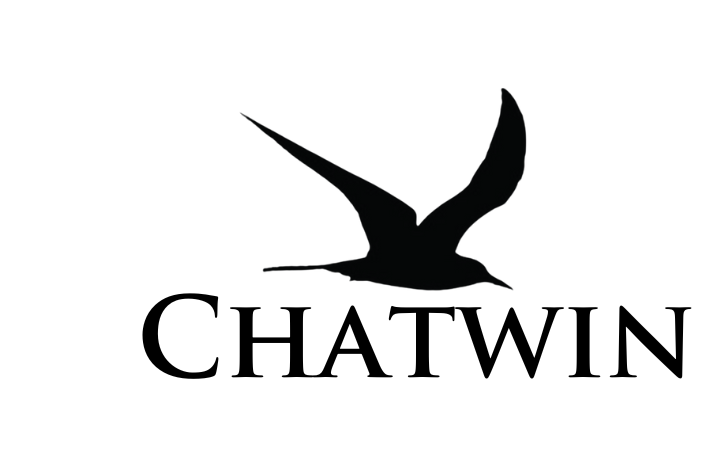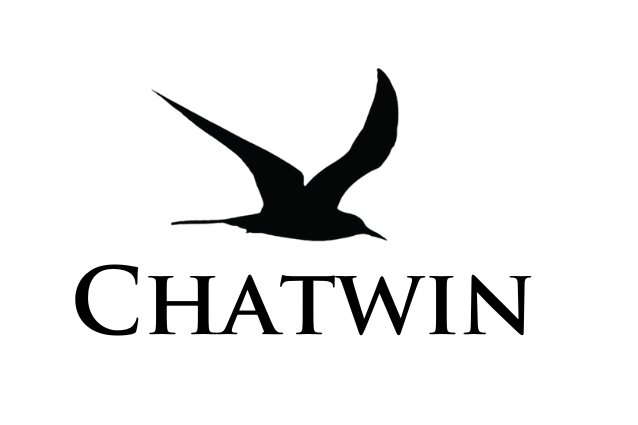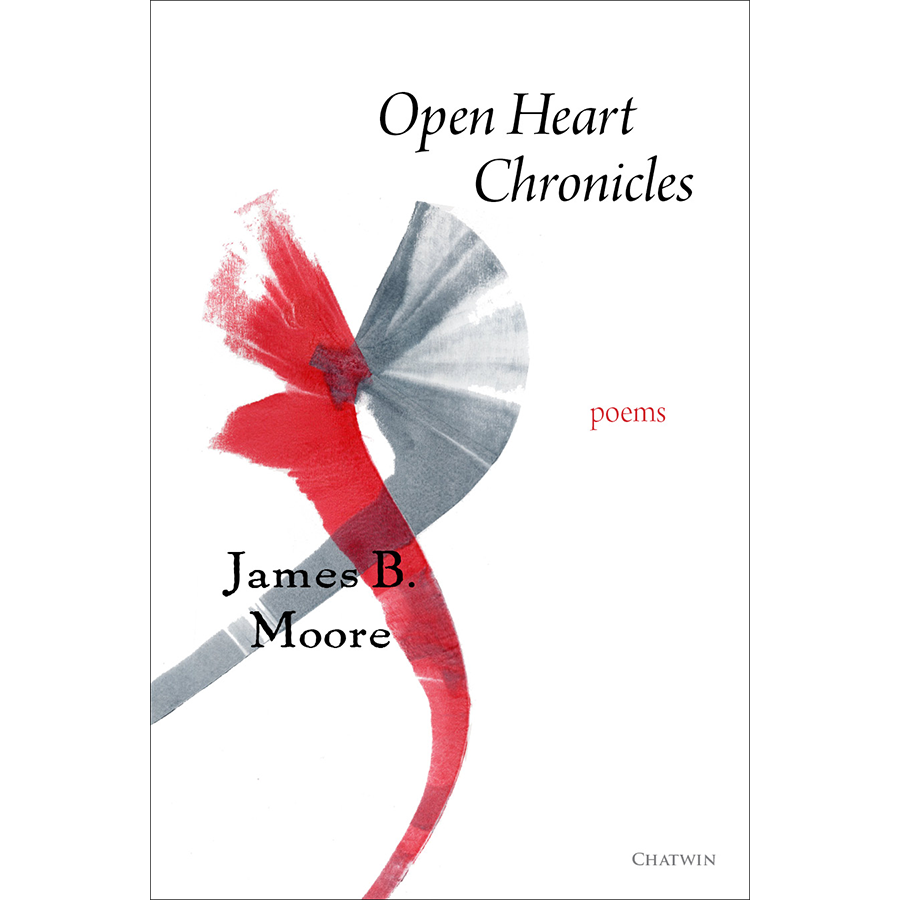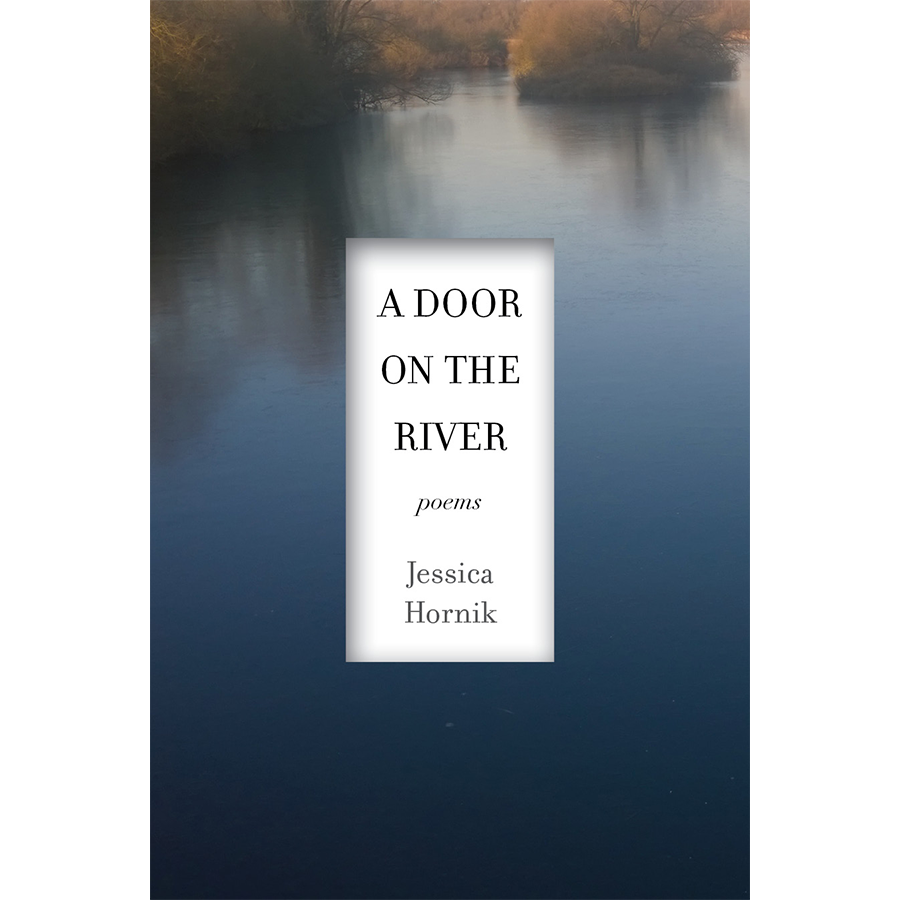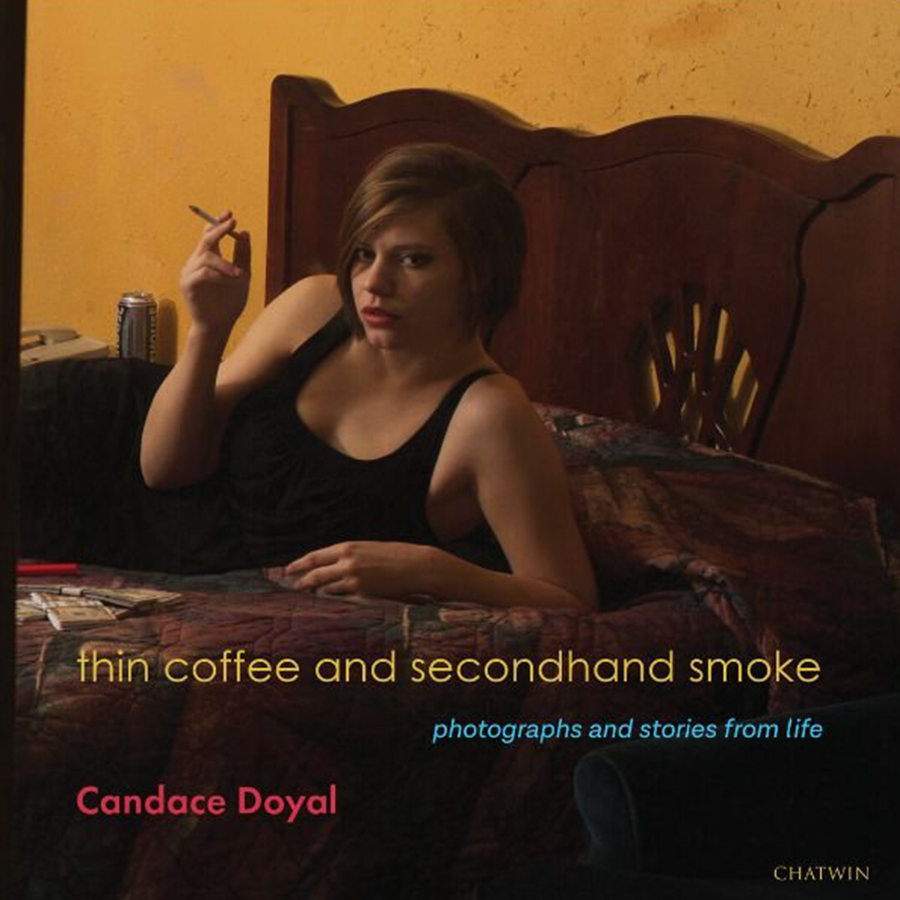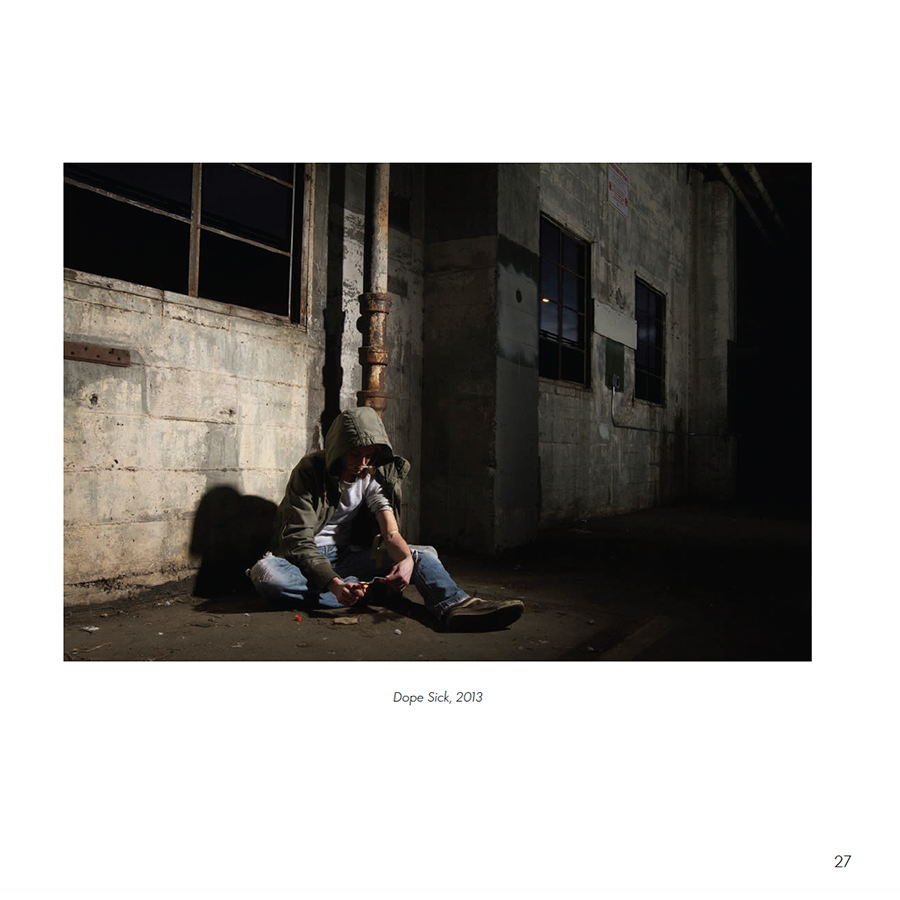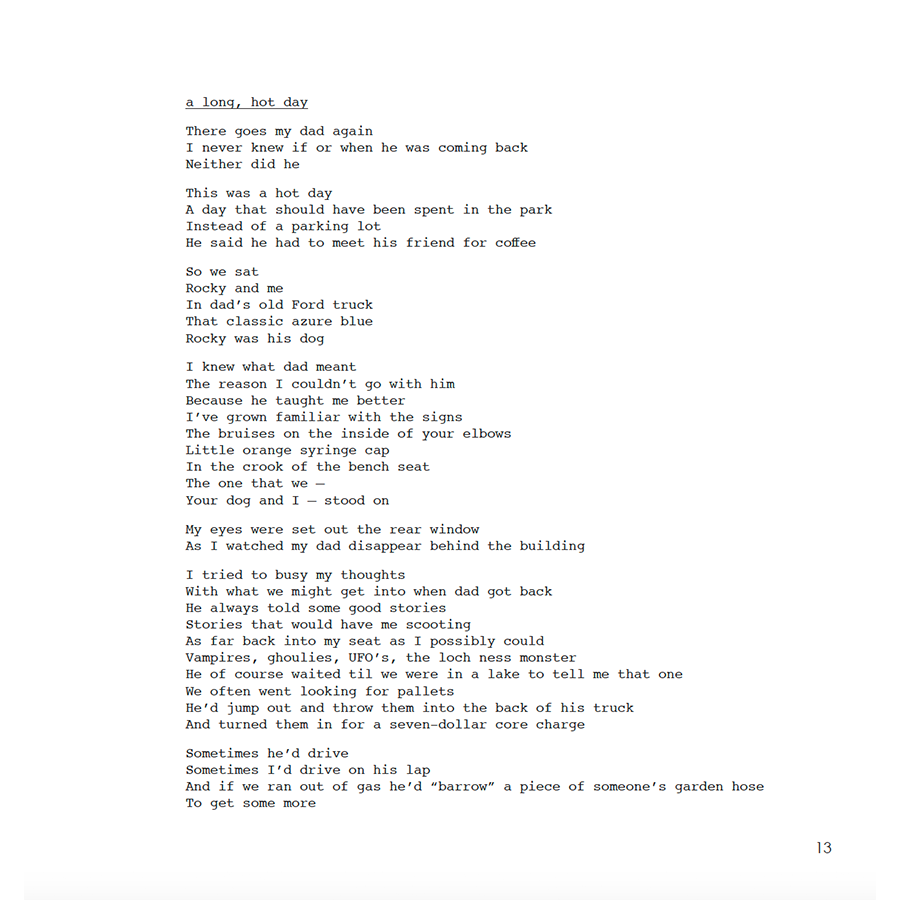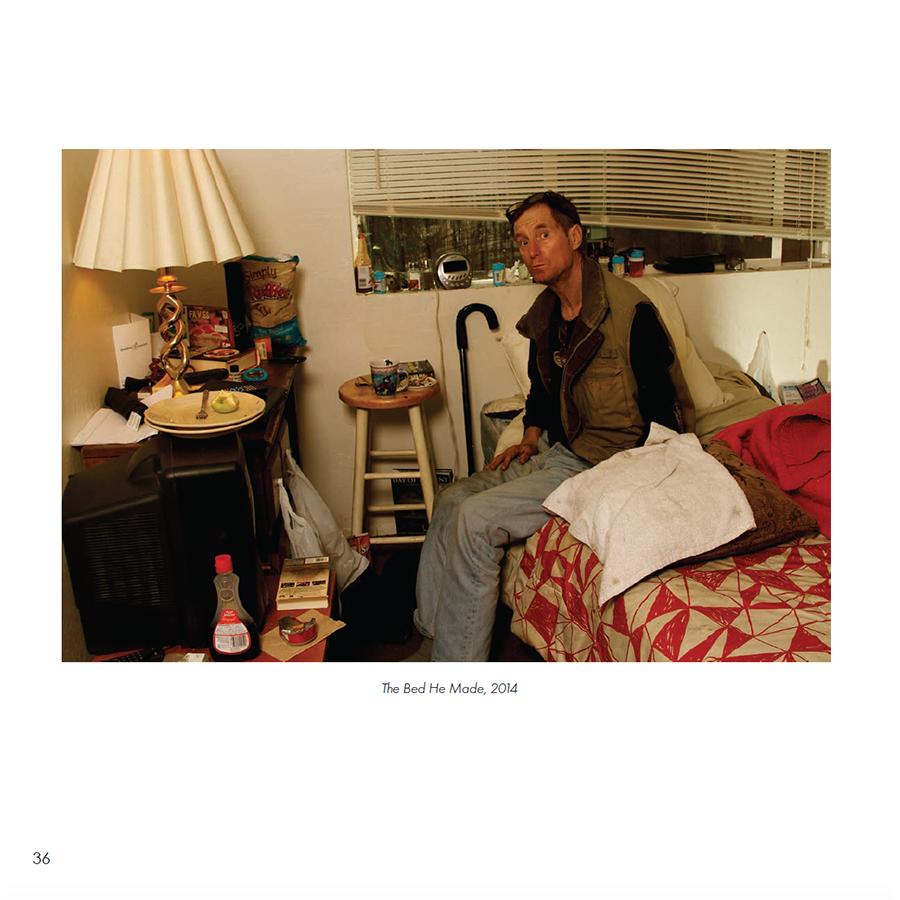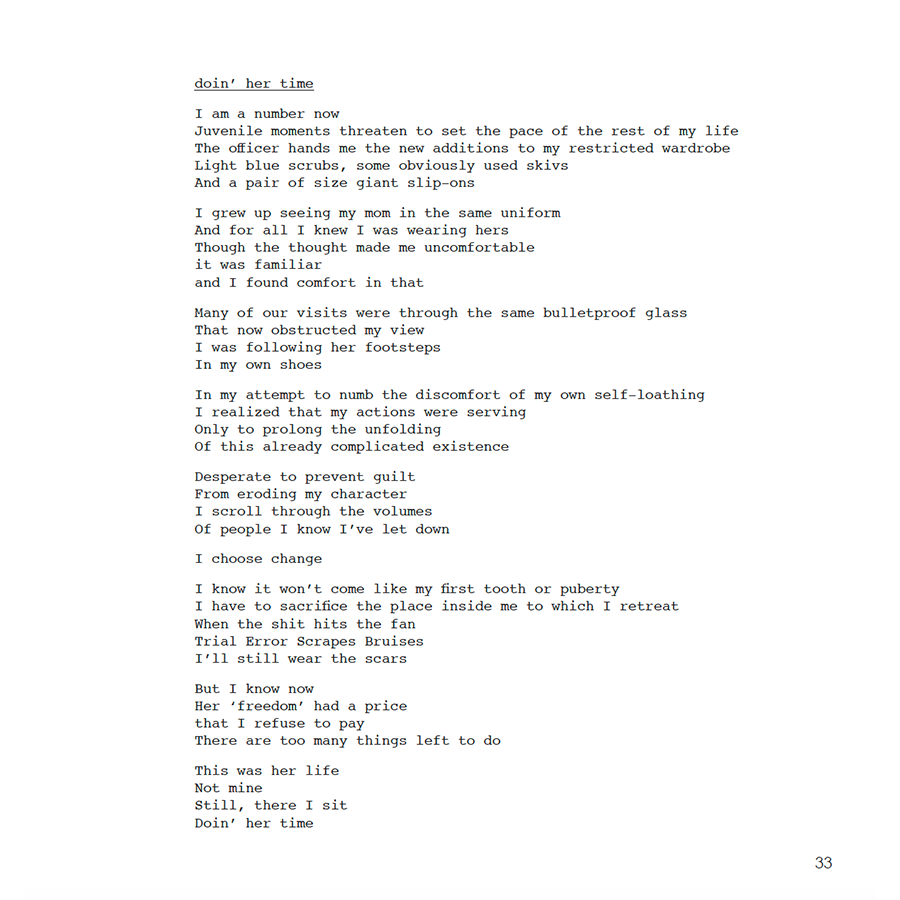Concrete Ghost: Seattle’s Vanished Viaduct and Emerging Waterfront in the Paintings of Laura Hamje
Painter Laura Hamje’s new book, Concrete Ghost: Seattle’s Vanished Viaduct and Emerging Waterfront in the Paintings of Laura Hamje, brings the nostalgia and legacy of Seattle’s now demolished Alaskan Way Viaduct rushing back. Hamje’s paintings offer a vivid reminder of impermanence, Seattle’s scrappy pioneering spirit then and now, and of miraculous ingenuity, and in a body of new work, explore the beginnings of the new waterfront-to-be.
Nearly a year after the final column of this 70-year fixture of the Seattle waterfront was hauled out of the ground and cast heavily aside, a wild season of change locally and nationally has pushed memories of this once anchoring presence even farther away. Hamje’s stunning paintings of the exhilaration, grit, unexpected beauty, and rumbling intensity of the Viaduct bring a simpler time to mind. In iterations of oil paint, pastel, and gouache that have spanned years, Hamje has captured something of the past with a thoughtful eye on the future.
Any other year, tourists would flood the Seattle waterfront in search of fried fish, local brews, and views of the Puget Sound. Instead, a pandemic and months of protests have left the waterfront quieter than before. And while planned construction of the new waterfront forges on, the resulting landscape is entirely unexpected.
The Viaduct, and the symbolism it held for many residents of “old Seattle” —the grungy art-fueled days of Seattle-past, with this hulking roadway sprawled alongside and overtop art galleries and recording studios, long-gone music venues and taverns—becomes a more distant memory with each passing day. But much of the determination and ingenuity it symbolized is more present now than ever, as residents slowly emerge from the city-wide shutdown and Seattle’s artistic communities fill the streets with murals and color and calls of Seattle’s past and continued tenacity.
It seems fitting then, that Hamje’s book be released now. Almost a year has gone by since that last concrete column was removed. The landscape of Seattle has changed in ways no one could have anticipated, the new waterfront aside.
The ghost of the Viaduct, brought to life through Hamje’s stunning and color-drenched work—stark and muddy, shadowed and quick—reminds us of the impermanence of things, of objects, of buildings and bridges. But these images are comforting too, reminding us of where we’ve been and what we’ve built, and of Seattle’s wildly pioneering spirit in a time of uncertainty. The newer paintings included in Concrete Ghost, of a waterfront and city in transition, offer a look to the future and what it might bring.
The book includes text by the artist, architect and author Mark Hinshaw, Nathan Vass, Baso Fibonacci, Mike Dumovich, Bryan Ohno, and editor Phil Bevis.
Painter Laura Hamje’s new book, Concrete Ghost: Seattle’s Vanished Viaduct and Emerging Waterfront in the Paintings of Laura Hamje, brings the nostalgia and legacy of Seattle’s now demolished Alaskan Way Viaduct rushing back. Hamje’s paintings offer a vivid reminder of impermanence, Seattle’s scrappy pioneering spirit then and now, and of miraculous ingenuity, and in a body of new work, explore the beginnings of the new waterfront-to-be.
Nearly a year after the final column of this 70-year fixture of the Seattle waterfront was hauled out of the ground and cast heavily aside, a wild season of change locally and nationally has pushed memories of this once anchoring presence even farther away. Hamje’s stunning paintings of the exhilaration, grit, unexpected beauty, and rumbling intensity of the Viaduct bring a simpler time to mind. In iterations of oil paint, pastel, and gouache that have spanned years, Hamje has captured something of the past with a thoughtful eye on the future.
Any other year, tourists would flood the Seattle waterfront in search of fried fish, local brews, and views of the Puget Sound. Instead, a pandemic and months of protests have left the waterfront quieter than before. And while planned construction of the new waterfront forges on, the resulting landscape is entirely unexpected.
The Viaduct, and the symbolism it held for many residents of “old Seattle” —the grungy art-fueled days of Seattle-past, with this hulking roadway sprawled alongside and overtop art galleries and recording studios, long-gone music venues and taverns—becomes a more distant memory with each passing day. But much of the determination and ingenuity it symbolized is more present now than ever, as residents slowly emerge from the city-wide shutdown and Seattle’s artistic communities fill the streets with murals and color and calls of Seattle’s past and continued tenacity.
It seems fitting then, that Hamje’s book be released now. Almost a year has gone by since that last concrete column was removed. The landscape of Seattle has changed in ways no one could have anticipated, the new waterfront aside.
The ghost of the Viaduct, brought to life through Hamje’s stunning and color-drenched work—stark and muddy, shadowed and quick—reminds us of the impermanence of things, of objects, of buildings and bridges. But these images are comforting too, reminding us of where we’ve been and what we’ve built, and of Seattle’s wildly pioneering spirit in a time of uncertainty. The newer paintings included in Concrete Ghost, of a waterfront and city in transition, offer a look to the future and what it might bring.
The book includes text by the artist, architect and author Mark Hinshaw, Nathan Vass, Baso Fibonacci, Mike Dumovich, Bryan Ohno, and editor Phil Bevis.
Painter Laura Hamje’s new book, Concrete Ghost: Seattle’s Vanished Viaduct and Emerging Waterfront in the Paintings of Laura Hamje, brings the nostalgia and legacy of Seattle’s now demolished Alaskan Way Viaduct rushing back. Hamje’s paintings offer a vivid reminder of impermanence, Seattle’s scrappy pioneering spirit then and now, and of miraculous ingenuity, and in a body of new work, explore the beginnings of the new waterfront-to-be.
Nearly a year after the final column of this 70-year fixture of the Seattle waterfront was hauled out of the ground and cast heavily aside, a wild season of change locally and nationally has pushed memories of this once anchoring presence even farther away. Hamje’s stunning paintings of the exhilaration, grit, unexpected beauty, and rumbling intensity of the Viaduct bring a simpler time to mind. In iterations of oil paint, pastel, and gouache that have spanned years, Hamje has captured something of the past with a thoughtful eye on the future.
Any other year, tourists would flood the Seattle waterfront in search of fried fish, local brews, and views of the Puget Sound. Instead, a pandemic and months of protests have left the waterfront quieter than before. And while planned construction of the new waterfront forges on, the resulting landscape is entirely unexpected.
The Viaduct, and the symbolism it held for many residents of “old Seattle” —the grungy art-fueled days of Seattle-past, with this hulking roadway sprawled alongside and overtop art galleries and recording studios, long-gone music venues and taverns—becomes a more distant memory with each passing day. But much of the determination and ingenuity it symbolized is more present now than ever, as residents slowly emerge from the city-wide shutdown and Seattle’s artistic communities fill the streets with murals and color and calls of Seattle’s past and continued tenacity.
It seems fitting then, that Hamje’s book be released now. Almost a year has gone by since that last concrete column was removed. The landscape of Seattle has changed in ways no one could have anticipated, the new waterfront aside.
The ghost of the Viaduct, brought to life through Hamje’s stunning and color-drenched work—stark and muddy, shadowed and quick—reminds us of the impermanence of things, of objects, of buildings and bridges. But these images are comforting too, reminding us of where we’ve been and what we’ve built, and of Seattle’s wildly pioneering spirit in a time of uncertainty. The newer paintings included in Concrete Ghost, of a waterfront and city in transition, offer a look to the future and what it might bring.
The book includes text by the artist, architect and author Mark Hinshaw, Nathan Vass, Baso Fibonacci, Mike Dumovich, Bryan Ohno, and editor Phil Bevis.
